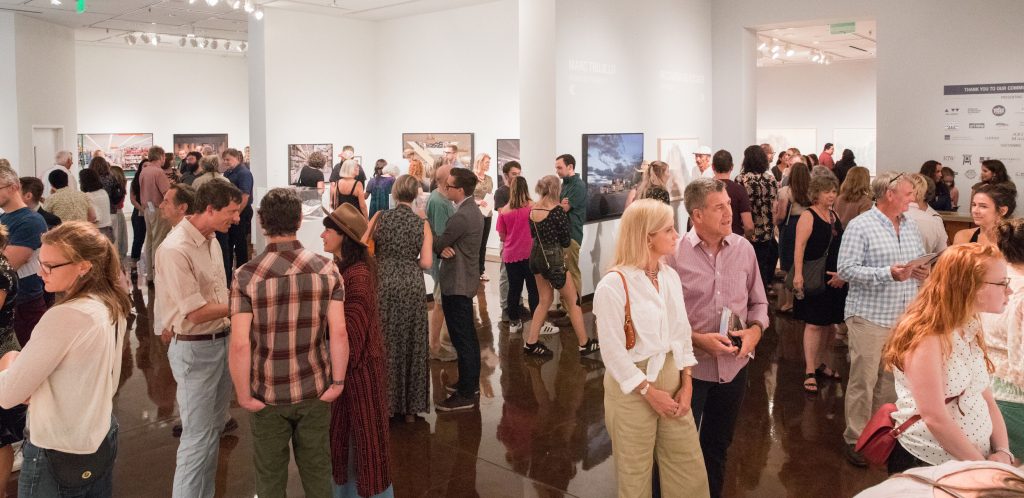

The trickster/showman P.T. Barnum urged his audiences to embrace incredulity and uncertainty as a part of life. In the mid 19th century people flocked to his American Museum in New York to see his 500,000 curious specimens. None of his specimens was more curious that the Feejee Mermaid – a spectacular hoax that netted Barnum incredible wealth, and secured his reputation as both showman and salesman. He claimed to have obtained this “mermaid” from a British gentleman, who had acquired it at great cost from a Japanese fisherman. The banner outside the museum advertising this display featured a buxom woman with flowing golden hair against a background of churning waves – the classic mermaid image. After paying regular museum admission, visitors had to pay a special fee to get a glimpse of this “missing link between human and fish.” Upon entering, the visitors quickly realized they “had been had.” The Feejee Mermaid was a composite of the top half of a monkey skeleton badly grafted onto the tail of a large fish. The Feejee Mermaid went on tour throughout the United States after just a few months in New York. In January of 1843, Barnum’s Feejee arrived in Charleston, SC. Residents here were apparently appalled by this “incarnation of evil,” and sent it packing.
Banners have been given serious attention by historians only recently. Prior to this, the sideshow in all its manifestations was relegated to that low-brow portion of the past not covered by the study of “the great men and great events” of history. Worse, since the sideshow business was mostly about the freakish and bizarre (that is, what showmen could make seem freakish and bizarre), and about selling the freakish and bizarre to you, it’s been doubly embarrassing for historians to cover seriously. History, you understand, is a very serious business. It only follows that the primary vehicle of selling – the advertisement banner – would be consigned to a doubly distant plant.
This isn’t to say that the sideshow business in general has been totally ignored. There have been a number of books on the subject of the sideshow, or at least on the carnival, dime museums, and the circus. Unfortunately, with the exception of a couple of recent books specifically devoted to banners – FREAKS, GEEKS AND STRANGE GIRLS, and FREAK SHOW, for example – banners are usually only mentioned with wide-eyed wonder by writers to spruce up their prose with the a glorious or lurid banner line. But quickly most writers turn to what is being advertised. It is as if the writers fall for the basic trick or advertising – and remember banners are advertising art – and focus on the wrong end: not how the ad may get you to buy the soap, but rather the serious historical question seems to become whether it can wash the dirt off your hands! Sadly, this completely misses the point of banners and reveals the reason why sideshows are such a let-down for some people. Some say you never get the outrageous show the banners seem to promise, but they’re meant to separate you from your money, not give you what you think they’re promising! So, whats best? Why not look at the sideshow admission as your viewing fee for the banner line, as has been suggested, and you won’t feel ripped off at all. The saying goes that in opera, nobody leave the show humming the sets. In sideshows, though, most leave the tent singing the praises of the stunning pictorials, whether they like what was “alive on the inside” or not.